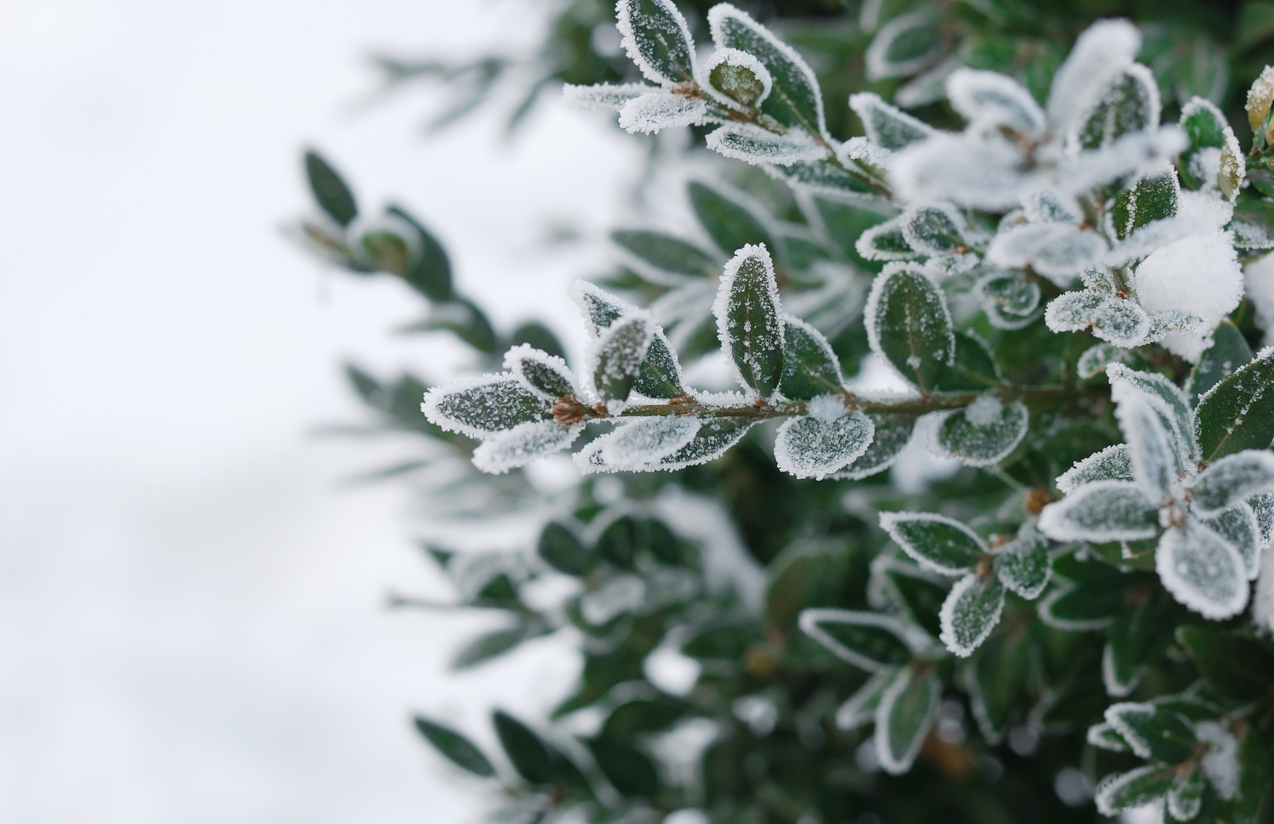As the temperatures gradually begins to drop and the days become shorter to signify the commencement of the winter season, there are a few important preparations you must make to your landscape before the first frost or major snowfall to protect your plants from the frigidity. The key to winterizing your plants is to select greenery that’s appropriate for your specific growing zone in order to maximize the chances of your plants surviving the winter. The onus is on you as the property owner to research which plants varietals are most likely to thrive during the harsh winter climates in your region and which ones are most likely to succumb to it. Ask a local winter property maintenance expert for advice on which plants have the highest survival rate in your area throughout the winter months. In the meantime, here are a few helpful tips on how you can ensure your plants survive the cold this winter.
Adjust Your Watering Routine
Believe it or not, your plants actually require more watering in the winter than any other time of year because they retain a lot less moisture and the cold temperatures tend to cause desiccation, which is a process during which they dry out. It’s best to heavily water the soil surrounding your plants before a minor frost so that the soil is able to retain larger amounts of moisture, which will eventually heat up the plants within close proximity.
Try to Keep Temperatures Consistent
Try to control the temperature of your plants or at least keep it consistent as much as possible. The more your plants are exposed to freeze-thaw cycles beneath the surface of the ground, the lower their chances are of surviving the winter. In this case, it’s not necessarily the cold temperatures that can cause severely irreparable damages to your plants; rather the constant fluctuations in temperature can shock their systems. It’s almost like hypothermia, except for plants.
Apply a Layer of Mulch Before the First Snowfall
An excellent measure of garden care in the winter and preventing your plants from succumbing to the shock of the freeze-thaw cycle is to apply mulch prior to the first snowfall. Mulch is a natural moisture retainer and can entrap appropriate amounts of water so that your plants can gradually hydrate themselves as needed. The type of mulch you should use depends on the climate in your region as well as the plants you have in your winter garden.
Invest in Protective Plant Covers
At night, when the temperatures are particularly chilly, you can use special plant covers or even an old blanket to protect your plants from the elements. Make sure you use a cover or blanket that’s made out of a breathable material so that your plants don’t suffocate and don’t secure them too tightly as this can cut off air circulation and damage the leaves. The cover should sit almost like a tent and you should safely secure it to the ground to stop it from moving or being blown away by the wind.
FOREVER GREEN LAWN & LANDSCAPE INC. has been specializing in winter property maintenance and plant care for more than 20 years in Toronto and the GTA. Our winter garden and landscape care experts are fully equipped to advise you on the best plant varietals to incorporate in your outdoor space based on where you live. To book a complimentary appointment with us, please contact us today!


